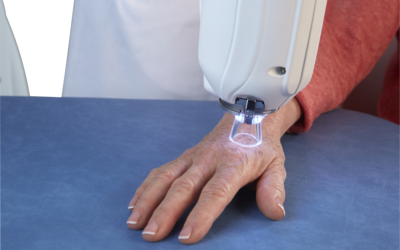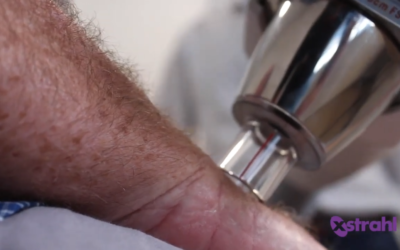OBJECTIVE:
Kaposi sarcoma (KS) lesions are purplish, reddish blue or dark brown/black macules, plaques or nodules which involve the skin and occasionally internal organs. Most patients with KS have a long indolent chronic course.
METHODS:
A retrospective review was undertaken for all KS skin patients treated with radiotherapy at a tertiary cancer centre from Jan. 2, 1999 to Dec. 31, 2014 (inclusive).
RESULTS:
A total of 47 patients with KS (43 classical, 0 African, 1 iatrogenic, 3 AIDS related) were seen in the multidisciplinary clinic. Out of this group, 17 patients (5 females and 12 males, 14 classical, 0 African, 0 iatrogenic, 3 AIDS related) with 97 KS skin sites were treated with local external beam radiotherapy. An additional 18 skin sites were treated with repeat radiotherapy. The radiotherapy dose ranged from 6 Gy in 1 fraction to 30 Gy in 10 fractions with the most common dose fractionation scheme being 8 Gy in 1 fraction or 20 Gy in 5 daily fractions. For the previously untreated KS sites, 87% responded to radiation [30% complete response (CR) and 57% partial response (PR)]. Thirteen percent of KS sites treated with radiation progressed. For the skin sites which were treated with repeat radiotherapy, 0% showed CRs, 50% PRs and 50% had continued progression.
CONCLUSIONS:
The majority of KS skin lesions (87%) responded to radiotherapy. Patients experience minimal side effects from the palliative radiation regimens used. KS skin lesions which progress despite radiation are unlikely to show CR with repeat radiotherapy. In our experience 50% of skin KS will have partial regression with repeat radiotherapy and 50% will have continued progression.
Tsao MN, Sinclair E, Assaad D, Fialkov J, Antonyshyn O & Barnes E.






